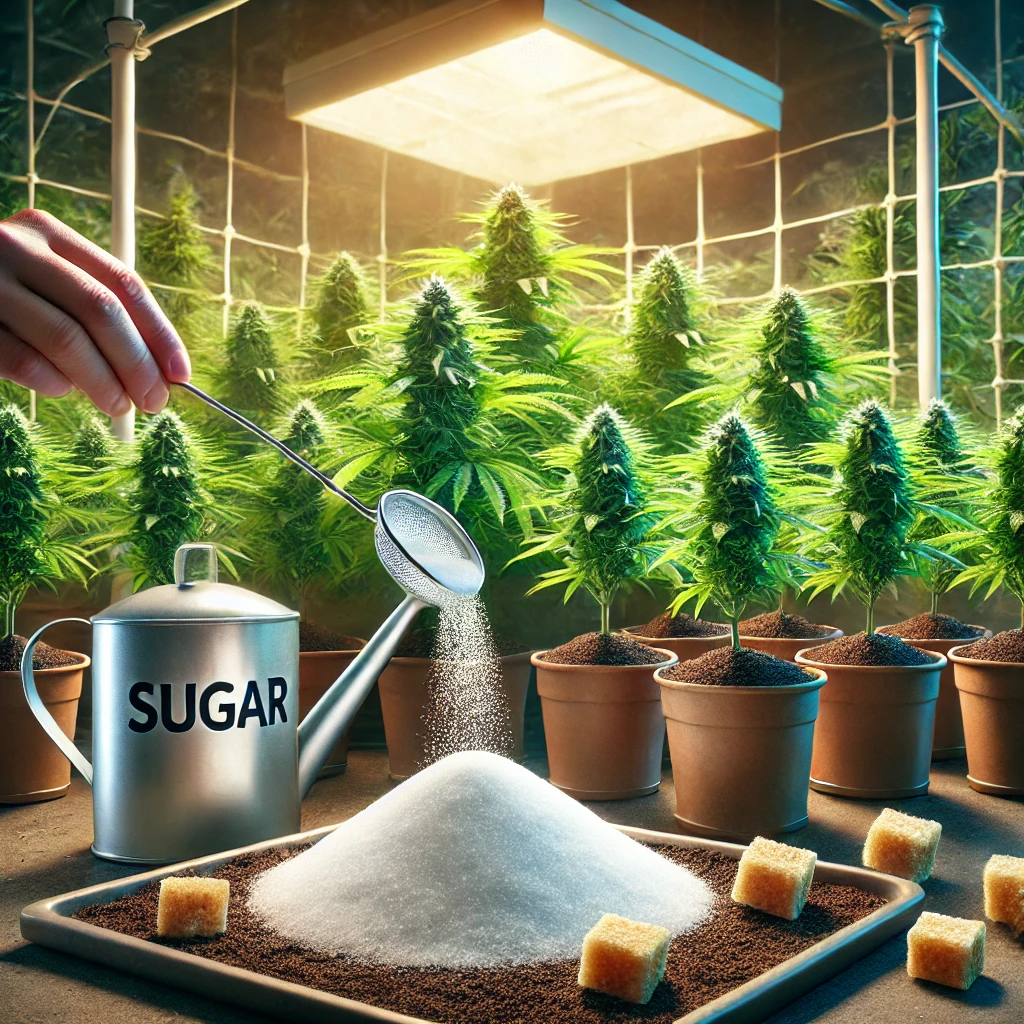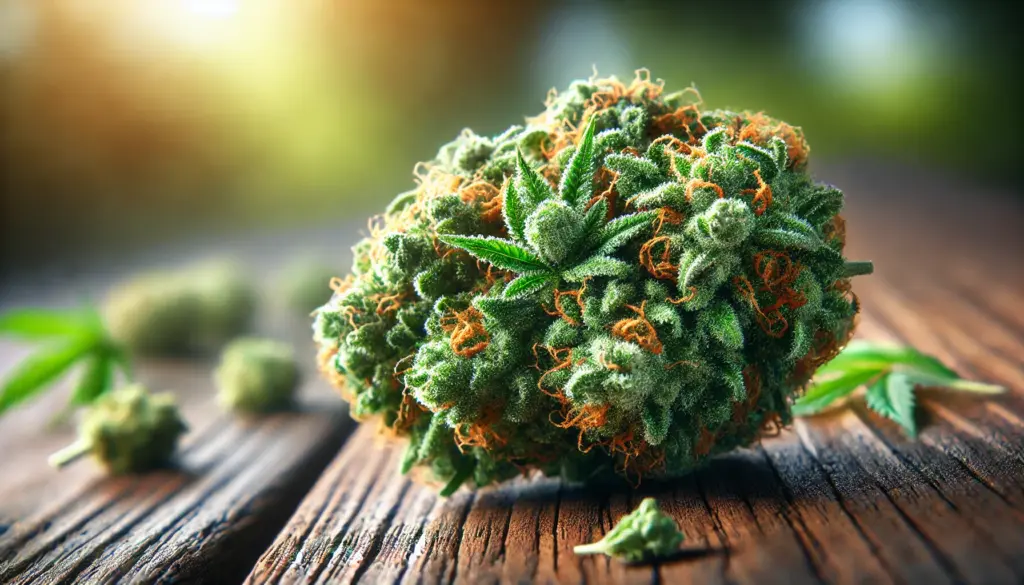How to Grow Autoflowering Plants
Autoflowering plants have become a popular alternative within cannabis cultivation because they do not depend on photoperiod, that is, they do not need changes in light to flower. Their main feature is that they do it automatically when they reach a certain age, which makes it much easier to handle and allows quick cycles of between 8 and 12 weeks. In this tour we are going to delve into how to grow autoflowering plants, what stages they go through, when to plant them in Spain, how they behave indoors and outdoors, what mistakes you should avoid and what are the most common doubts that those who approach these varieties usually have. The idea is that you finish reading with a clear and complete vision to plan your own crop with confidence and realism. Preparing to Grow Autoflowering Plants The first thing when thinking about how to grow autoflowering plants is to organize the starting environment well. Choosing quality seeds will give you more stability, since not all genetics react the same to the weather or care. Once chosen, you have to decide on the size of the pot. With autoflowering plants, it is not advisable to transplant, so it is best to use a definitive pot from the beginning, between 10 and 18 liters. In this way, the roots develop without interruption. The substrate also makes a big difference. The best results usually come from light mixtures with perlite, which prevent waterlogging and help the roots breathe. The key here is to think that the beginning of the cycle is like the foundations of a house: the more solid, the better everything else will hold. With this preparation ready, the path to a more balanced crop will be much easier. Stages of growing autoflowering plants Germination Germination is the phase in which the seed awakens. It usually takes between 2 and 7 days, depending on genetics and conditions. Here the most important thing is that the seed has moisture, gentle heat and enough darkness. The radicle is the first root to emerge, and as soon as it settles in the substrate, cotyledons appear, those rounded leaves that allow the plant to start photosynthesis. At this time it is fragile: any irrigation or temperature error can stop its development. Vegetative growth After germination, the plant enters its vegetative growth phase, which lasts 2 to 4 weeks. During this time it expands its roots, thickens the stem, and produces fan-shaped leaves that will function as solar panels. Although brief, this phase is decisive because it determines how much energy you will accumulate for flowering. At this point, it is advisable to maintain moderate watering and ensure that the substrate is aerated. A plant that grows vigorously in this period will bloom more strongly afterwards. Early flowering From the third or fourth week, the autoflowering begins its flowering without the need for changes in light. This trait comes from their ruderalis genetics. The first thing you’ll notice are small white pistils poking out of the nodes on the stem. It is also common for the plant to stretch a little more in search of space and energy. At this stage, it’s a good idea to adjust nutrients, reducing nitrogen and favoring flowering-oriented fertilizers. Advanced flowering Between the fifth and eighth week, the buds begin to fatten and the pistils multiply. The aroma intensifies and the plant directs practically all its energy to producing flowers. Here it is key to keep an eye on humidity and maintain good ventilation, as the risk of fungi increases with the density of the buds. You will also notice that some old leaves yellow; This is normal, because the plant redirects its resources to the flowering sites. Maturation and harvest The final stage comes between the eighth and twelfth week, depending on genetics. The pistils change color to amber or brown hues, and the trichomes go from clear to milky and then to amber. This detail indicates the maturity of the plant’s compounds. The exact time of harvest depends on the desired result, but most growers wait until most trichomes are opaque and with a small percentage of amber. At this point, watering is reduced and the plant is prepared for the final cut. When to plant autoflowers in Spain In Spain, the ideal is to plant between the end of April and July, taking advantage of the months with more sunlight. If you plant too early you run the risk of frost slowing or damaging growth, and if you plant too late, the hours of autumn light will limit the yield. This window of time coincides with the season of greatest natural energy, and taking advantage of it makes a big difference in the results. Ideal climatic conditions for autoflowering plants Weather conditions vary by region. In Mediterranean areas, the abundance of sun is perfect, although humidity can favour fungi, which forces you to pay more attention to ventilation. In inland areas, dry heat can be a problem if regular watering is not maintained. And in colder areas, such as the north, you have to look for the warmest window to ensure that the plant completes its cycle. Adapting the calendar to each area is essential so as not to waste the potential of autoflowers. Indoor vs outdoor cultivation of autoflowering plants When deciding how to grow autoflowering plants, one of the most common doubts is whether to do it indoors or outdoors. Both options have advantages and limitations, and the choice will depend on factors such as the climate in your area, the budget available, the level of control you want to have over the process, and, of course, the discretion you seek. A good understanding of what each method offers is key to making the most of the potential of these plants, as their short life cycle requires making the right decisions from the start. Interior Growing indoors offers absolute control over the environment: you can decide the hours of light, keep the temperature


